What was one of the things your teacher always told you in school? Do your best. Keep your hands to yourself. Practice makes perfect. Raise your hand before speaking. Yes, these are all valid. But the particular one I am thinking about is: Double check your work.
As an editor, that’s pretty much what I do all day long: Double check other people’s work! Was it only applicable in seventh grade? Nope! Anybody who writes a letter, word, or sentence needs to double check—triple check—his or her work. Whether or not you are a grammar goddess or spelling bee queen, you need to proofread everything you write.
Proofread, proofread, proofread!
You may never be congratulated for using proper grammar, but you sure may be ridiculed if someone finds a mistake in your marketing copy, your resume, a business email, or even a restaurant menu. Incorrect copy, misspelled words, and improper sentences can cost you a sale, a job, or even your reputation.
The cure? Proofread! No matter who you are or what you do, anything you write needs to be double checked for correctness. So how can you proofread accurately to catch mistakes?
1. Take a break for at least 24 hours.
Write your copy, and then leave it alone for at least full day. Writing is like having blinders on—your brain knows what it wants to see, and it can’t always see the mistakes. Not looking at it for a while will give you fresh eyes when you pick it back up again.
2. Block out noise.
Proofreading = precision. It’s hard to work precisely with noisy distractions. I can often write with music on, the TV blaring, and the kids playing. But I absolutely cannot edit when it is noisy around me. I need a quiet place to focus and concentrate on each word.
3. Read out loud.
OK, I know, this seems silly. But it does work! (Although you might want to do this when nobody is around!) Read your work out loud, and you will catch the mistakes and the parts that don’t flow well, seem awkward, and not what you originally wanted to say.
4. Print a hard copy.
I always edit on paper. Maybe I’m old school, but it really does help me edit better. Reading on a screen, my eyes become tired and glance over mistakes. When I print out a manuscript, article, or any other copy, it is easier and more effective to edit properly.
5. Read it backward.
It may sound like Jabberwocky, but reading backward will help you catch misspelled words.
6. Use color.
When you print out a copy to proof, use colored ink to make your corrections. It’ll help you as you enter in the corrections.
7. Take a break.
Proofreading and editing takes focused, concentrated effort, so take a break every 10 minutes or so, just to give your eyes and brain a quick rest.
8. Let someone else read it.
After you’ve done the previous seven tips, the last (and best) thing to do is ask a friend to read your copy. Ask them, “Does it make sense? Do you see any mistakes? Do you understand the point I am trying to make?” Someone reading a document for the first time will more likely be able to catch mistakes and give you feedback (whether positive or negative) better than you, especially when you have read the same sentence twenty-five times.
Please proofread! Make your seventh-grade teacher happy, don’t forfeit the job interview, secure the sale, and, most of all, look like an intelligent, competent person with correct copy by proofreading, proofreading, proofreading!














